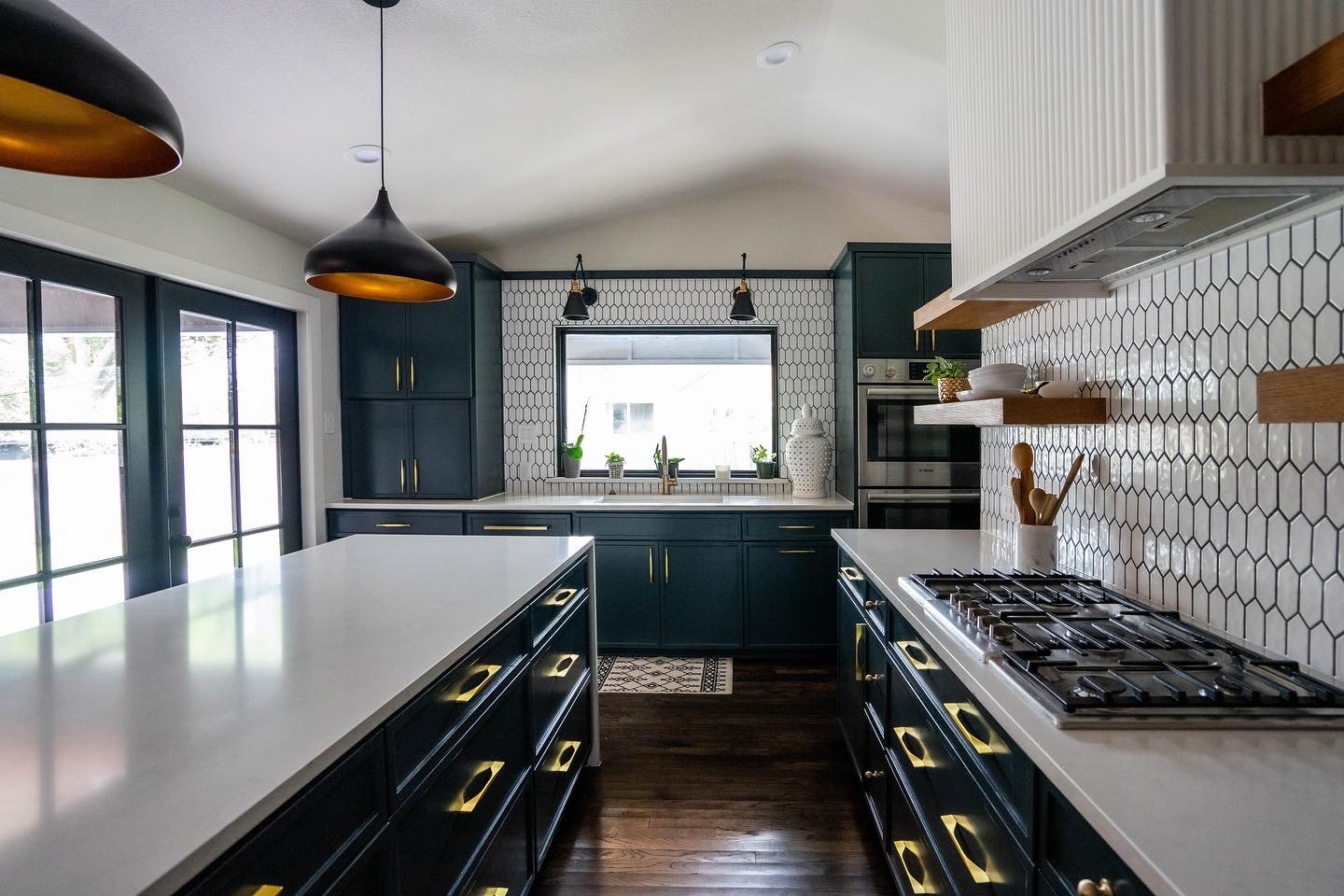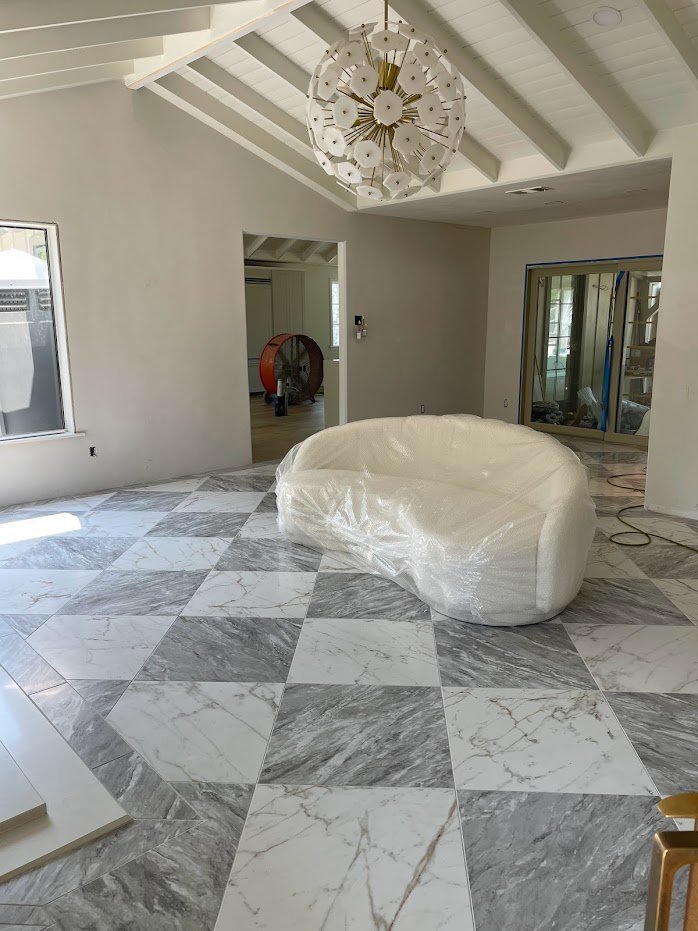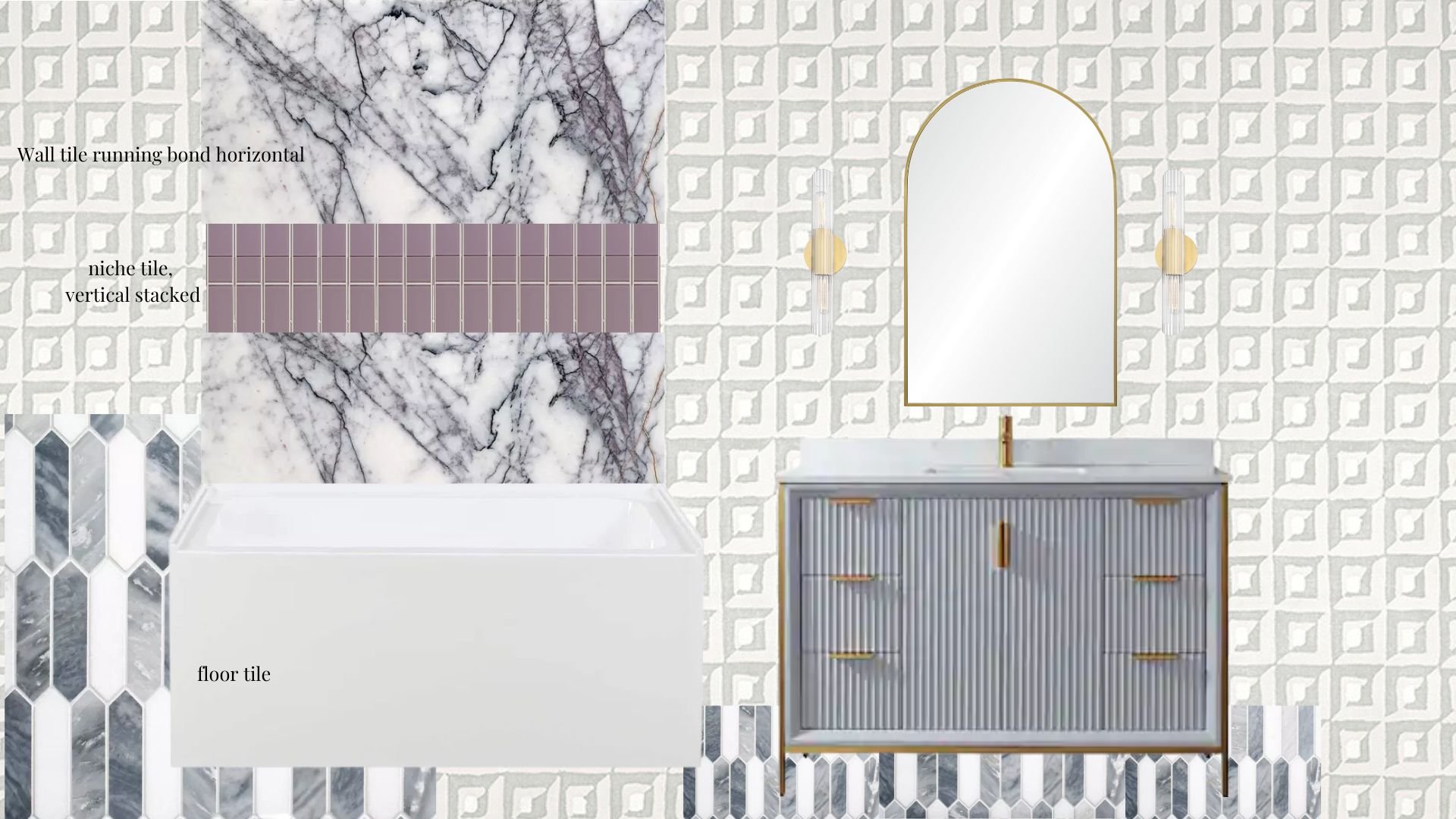The Art of Space: Unveiling the Distinction Between Interior Architecture and Interior Design
Introduction
When it comes to creating awe-inspiring homes and captivating spaces, two distinct yet harmoniously intertwined disciplines take center stage: interior architecture and interior design. While the terms are often used interchangeably, they hold distinct roles in shaping the aesthetics, functionality, and essence of any space. In this exploration, we delve into the nuances of interior architecture and interior design, unraveling their unique attributes and understanding why both are vital for a triumphant project and a breathtaking home.
Interior Architecture: Building the Canvas
Imagine a painter starting with a blank canvas – that's what interior architecture does for a space. It lays the foundation, setting the stage for every other creative aspect to come to life. Just as an architect designs a building's structure, interior architecture focuses on the layout, flow, and spatial configuration of a room. This involves aspects like walls, ceilings, floors, doorways, and the arrangement of rooms in a way that maximizes functionality and energy efficiency.
The interior architect doesn't merely deal with the technical elements; they're the artists who create the invisible rhythm that guides how you experience a space. They optimize natural light, acoustics, and visual lines, ensuring that a room feels balanced, harmonious, and spacious. The architectural decisions made in this phase provide the groundwork on which the rest of the design narrative will be built.
Interior Design: Crafting the Symphony
Once the canvas is set, it's time for the interior designer to paint their masterpiece. Interior design is where aesthetics and functionality intertwine to create a space that resonates with the occupant's personality and lifestyle. This phase deals with the visual elements that make a space truly captivating – color schemes, furniture, decor, lighting, textures, and patterns.
The interior designer's role is akin to that of a conductor leading an orchestra. They bring together different elements, ensuring that each contributes harmoniously to the overall composition. Every piece of furniture, every color choice, and every decorative accent plays a part in telling a story and evoking emotions within the space. The interior designer's expertise lies in translating a client's vision into tangible, cohesive design elements that transform a room into an immersive experience.
The Symbiotic Relationship
While interior architecture and interior design each have their distinct domains, they are intrinsically linked in creating a successful project and a stunning home. Think of them as two sides of the same coin, collaborating to produce a harmonious whole.
Interior architecture provides the foundation for interior design to flourish. A well-thought-out spatial layout facilitates the seamless integration of design elements, making the designer's task smoother and more effective. In contrast, interior design elevates the architectural features by breathing life into the space. It transforms walls into canvases and ceilings into visual statements, giving a tangible personality to the environment that the architecture establishes.
Why Both Are Essential
1. **Functionality and Aesthetics**: Interior architecture ensures that a space functions optimally, while interior design elevates its beauty. The marriage of both aspects guarantees a space that not only looks stunning but also serves its purpose efficiently.
2. **Emotion and Experience**: Interior design has the power to evoke emotions and create memorable experiences. When paired with thoughtful architecture, it creates a deeply impactful space that resonates with the occupants on a profound level.
3. **Longevity and Flexibility**: Well-executed interior architecture lays the groundwork for enduring design. Similarly, a design that is adaptable to changing tastes and needs is crucial for the longevity of a space.
4. **Holistic Approach**: Combining both disciplines ensures a holistic approach to designing spaces. It takes into account not only the visual appeal but also the structural integrity and functional flow, resulting in a comprehensive and well-rounded outcome.
In the intricate world of designing spaces, interior architecture and interior design stand as pillars of creativity and functionality. Their distinct roles and symbiotic relationship play a pivotal role in shaping remarkable homes and captivating environments. Interior architecture sets the stage, while interior design turns it into a masterpiece. When these two disciplines dance in harmony, the result is a space that is not only visually breathtaking but also deeply resonant with the people who inhabit it. So, the next time you step into a beautifully designed room, take a moment to appreciate the intricate collaboration between these two art forms that makes it truly exceptional.




